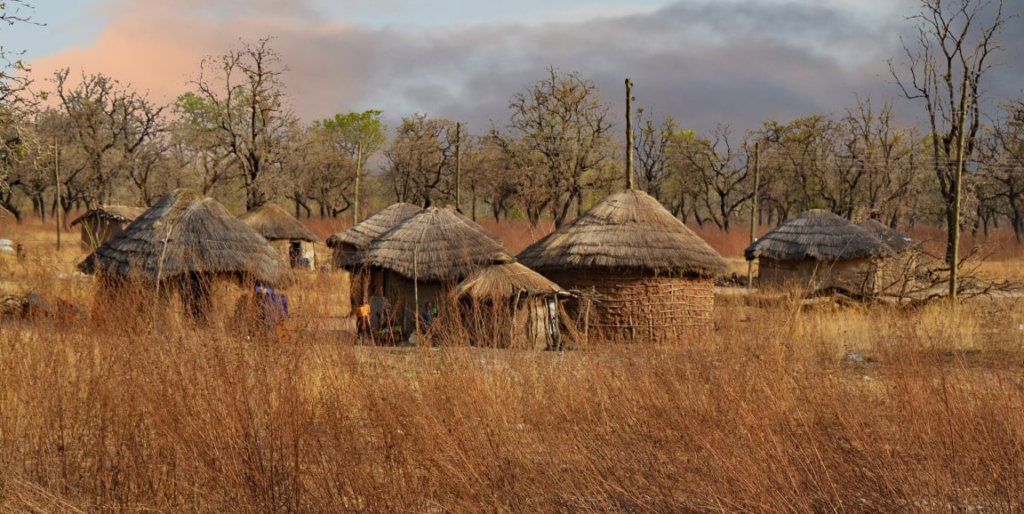Building Stronger Communities, Ending Extreme Poverty (Part 5)

requires a focus on micro-level interventions, such as providing access to financial services, education, and health care. She believes that these interventions can have a big impact on poverty reduction, even if they are not large in scale.
Abstract
The issue of poverty reduction among Canadian indigenous and minority groups continues to be a challenge for the country. A comprehensive poverty reduction strategy must address the specific needs and challenges faced by these communities. Social protection programs can provide financial and non-financial support to the most vulnerable populations, while microfinance initiatives can help to improve access to financial services. Education and skills development, job creation, and entrepreneurship are crucial components in reducing poverty and promoting economic growth. Agricultural and rural development, health and nutrition, and infrastructure development are also important factors in reducing poverty. Addressing gender inequality and promoting environmental sustainability are essential in reducing poverty, as many indigenous and minority communities rely on natural resources for their livelihoods. Finally, the use of technology and innovation can help to increase productivity and improve access to services and information. By addressing these key areas, Canada can help to reduce poverty and promote economic growth among its indigenous and minority populations.
The Impact of Microfinance on Poverty Reduction
Infrastructure development plays a crucial role in reducing poverty and promoting economic growth. It is a critical component of poverty reduction strategies, as it lays the foundation for sustainable development. The lack of basic infrastructure such as roads, electricity, and water supply can hinder the ability of people, especially those in rural and remote areas, to access essential services such as markets, schools, and health care. This, in turn, exacerbates poverty and perpetuates the cycle of poverty.
The Millennium Village Project is an initiative led by Jeffrey Sachs and his team at Columbia University that seeks to reduce poverty in rural Africa by addressing multiple interrelated issues, such as health, education, and the environment. The project has been widely praised for its innovative approach to poverty reduction and has helped to shape the debate around this important issue.
The Millennium Villages Project (MVP) implemented a 10 year, multisector, rural development and research project, initiated in 2005, operating across fifteen different sites in ten sub-Saharan African countries to achieve the Millennium Development Goals (MDGs). MVP was implemented in partnership between the Earth Institute at Columbia University, Millennium Promise, and the United Nations Development Programme (UNDP)—aimed to demonstrate that even the poorest and most remote communities in rural sub-Saharan Africa can implement and manage the range of interventions required to achieve the Millennium Development Goals (MDGs). By demonstrating “what success looks like,” the MVP sought to contribute to global accountability—with requisite urgency—by drawing attention to the feasibility of evidence-based, high-impact, integrated approaches to supporting community-level achievement of the MDGs, and moreover, by mobilizing greater support from diverse stakeholders for targeted investments to address extreme poverty.

A New Era of Opportunity: The Impact of Poverty Reduction
Improved infrastructure helps to increase access to essential services, which can lead to improved health, education, and income. For example, improved roads can help to connect remote areas to markets, enabling farmers and small business owners to sell their goods and services. Improved electricity and water supply can help to reduce the burden of household chores and allow children to attend school, rather than spending hours collecting water or wood. Improved healthcare infrastructure can help to reduce the burden of disease and improve health outcomes, leading to increased productivity and improved living standards.
Moreover, the development of infrastructure can have a multiplier effect on the economy. Improved infrastructure can attract new businesses and investors, leading to job creation and economic growth. This, in turn, can lead to increased tax revenue, which can be reinvested in social services, further reducing poverty.

The Road to a Brighter Tomorrow: Transforming Lives Through Strategy
This is particularly important for indigenous and minority communities, who may face barriers to accessing essential services due to their remote location, cultural differences, and language barriers. Improving infrastructure can help to break down these barriers, enabling these communities to participate fully in the economy and enjoy the benefits of economic growth.
In conclusion, infrastructure development is a key component of poverty reduction strategies and can have a transformative impact on the lives of people, particularly those in remote and indigenous communities. By investing in infrastructure, governments can help to reduce poverty, promote economic growth, and create a brighter future for all.



























